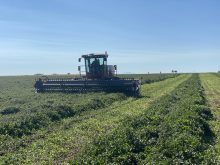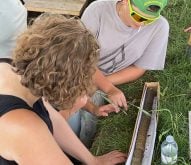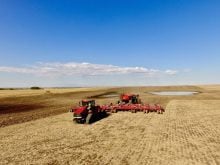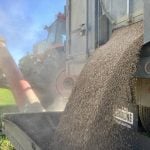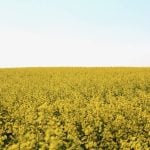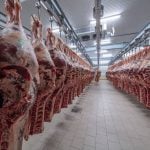Seeding of the 2016 crop is almost complete. Ninety four per cent of the crop is now seeded, according to Saskatchewan Agriculture’s weekly Crop Report. Cooler temperatures and rain during the past week have slowed field operations in some areas of the province; however, seeding progress is still ahead of the five-year (2011-2015) average of 77 per cent for this time of year. Many producers have completed seeding operations and are now starting in-crop herbicide applications.
Read Also

Claas brings 1000 Series SP forage harvesters to Canada
In mid-August, Claas unveiled its new line of Jaguar forage harvesters at an event in Visalia, California, deep in the heart of that state’s dairy region.
Ninety-six per cent of the crop is seeded in the southeast, 95 per cent in the west central and northwest regions, 94 per cent in the northeast, 93 per cent in the southwest and 91 per cent in the east central region.
Rain was fairly general across the province and heavy downpours have been reported in some areas, particularly in southern regions. Precipitation ranged from zero to 95 mm. Some areas will still need rain in the coming weeks to help crops emerge and establish. Topsoil moisture conditions on cropland are rated as eight per cent surplus, 86 per cent adequate and six per cent short. Hay land and pasture topsoil moisture is rated as six per cent surplus, 84 per cent adequate, eight per cent short and two per cent very short.
Overall, crops that have emerged are in good to excellent condition, although there has been some damage caused by flea beetles, cutworms, localized flooding and lack of moisture.
Producers are busy completing seeding operations and controlling weeds and insects.





